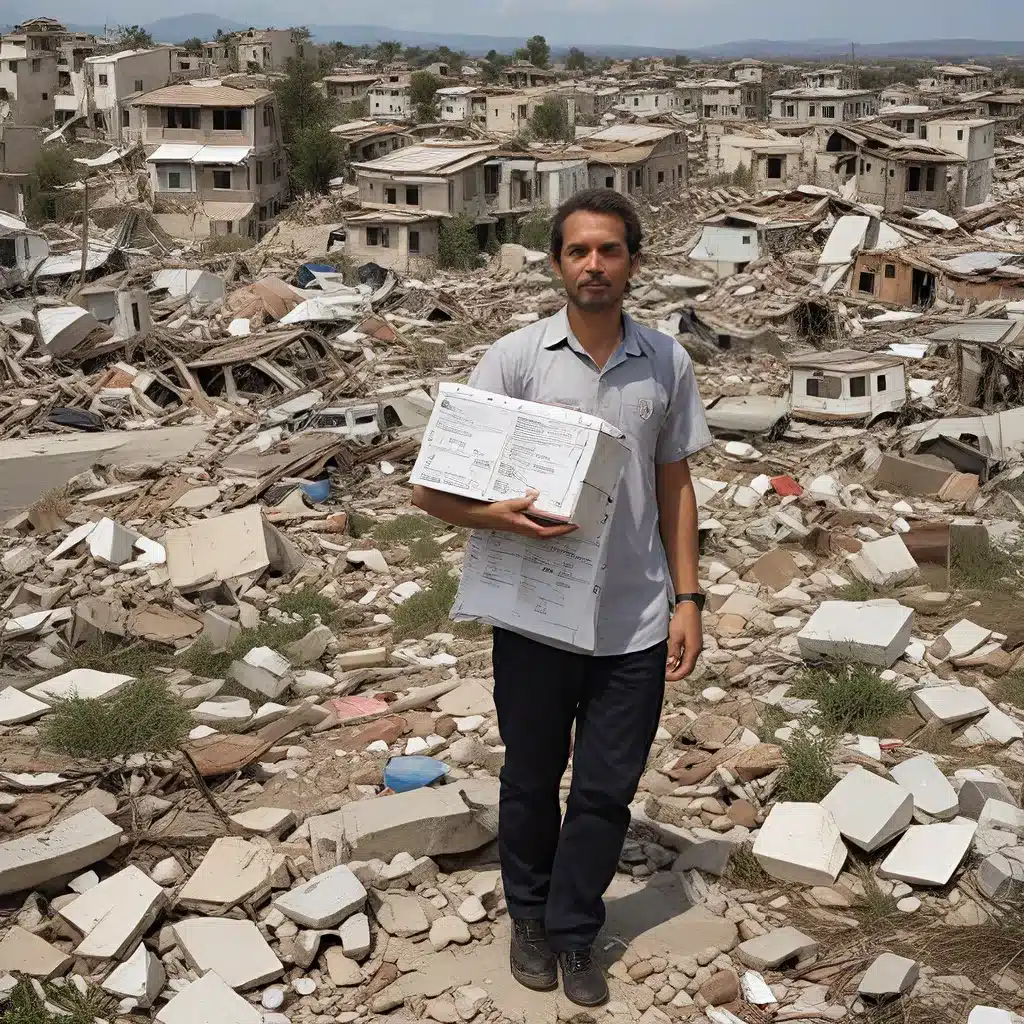
The Rising Importance of Sensor Networks in Disaster Management
Sensor networks have become increasingly vital in disaster response and management, providing critical real-time data and enabling coordinated efforts to save lives and protect property. As the frequency and severity of natural disasters continue to escalate globally, the need for reliable, resilient, and scalable sensor network architectures has never been more pressing.
In this article, we will delve into the challenges faced by sensor networks in disaster scenarios, explore innovative distributed algorithms that enhance their resilience, and discuss the broader implications of these advancements for the Internet of Things (IoT) and smart city applications.
Navigating the Challenges of Sensor Networks in Disaster Response
Sensor networks deployed for disaster management must contend with a unique set of obstacles. These networks often operate in harsh, unpredictable environments where communication links can be disrupted, power sources interrupted, and nodes damaged or destroyed. Ensuring the continuous flow of critical data and maintaining the overall functionality of the network in the face of these challenges is a complex and multifaceted problem.
One of the key issues is the vulnerability of centralized architectures to single points of failure. When a central coordinator or base station is compromised, the entire network can collapse, leaving emergency responders without the vital information they need. Distributed algorithms that promote self-organization, decentralized decision-making, and dynamic reconfiguration are crucial for overcoming this limitation.
Recent research has also highlighted the importance of energy management in sensor networks, as the ability to maintain operational longevity is essential for sustained disaster response efforts. Innovative techniques that optimize energy consumption, facilitate load balancing, and enable efficient data routing can significantly enhance the resilience and reliability of these systems.
Distributed Algorithms for Enhancing Sensor Network Resilience
To address the unique challenges of sensor networks in disaster response, researchers have developed a range of distributed algorithms that leverage the inherent advantages of decentralized architectures.
Self-organizing Sensor Mesh Networks
One such approach is the self-organizing sensor mesh network, which employs distributed algorithms to dynamically organize sensor nodes into a robust and adaptable network topology. These algorithms enable sensor nodes to continuously monitor their surroundings, identify optimal routing paths, and autonomously adjust their connections in response to changing conditions, such as node failures or communication link disruptions.
Studies have shown that self-organizing mesh networks can significantly improve the reliability and fault tolerance of sensor networks, ensuring the uninterrupted flow of critical data even in the face of localized failures or attacks.
Distributed Task Allocation and Load Balancing
Another key aspect of enhancing sensor network resilience is the efficient distribution of computational tasks and energy burdens across the network. Distributed algorithms for task allocation and load balancing can optimize the utilization of sensor node resources, preventing the premature depletion of individual nodes and ensuring the overall longevity of the network.
These algorithms employ decentralized decision-making, where sensor nodes continuously assess their own capabilities, energy levels, and workloads, and then self-organize to distribute tasks and balance the load in an adaptive manner. This approach mitigates the risk of bottlenecks, hot spots, and single points of failure, enhancing the resilience and responsiveness of the sensor network during disaster scenarios.
Secure and Energy-Efficient Data Routing
Ensuring the secure and energy-efficient transmission of sensor data is another crucial aspect of enhancing resilience in disaster response networks. Distributed routing algorithms can employ techniques such as multi-path routing, adaptive transmission power control, and in-network data aggregation to minimize energy consumption and protect the integrity of sensor data.
Recent research has demonstrated the effectiveness of these distributed algorithms in improving network lifetime, reducing communication overhead, and enhancing the overall security** of sensor networks in disaster response scenarios.
Implications for the Internet of Things and Smart Cities
The advancements in distributed algorithms for enhancing sensor network resilience have far-reaching implications for the broader IoT ecosystem and smart city applications.
Sensor networks are the backbone of many IoT and smart city initiatives, providing critical data for infrastructure monitoring, environmental sensing, public safety, and emergency response. The resilience and reliability of these sensor networks are essential for the successful deployment and sustained operation of these innovative technologies.
The distributed algorithms discussed in this article can be seamlessly integrated into IoT and smart city architectures, ensuring the continuous flow of vital data and maintaining the overall functionality of these systems even in the face of unexpected disruptions or localized failures.
Moreover, the energy-efficient and secure data routing techniques enabled by these distributed algorithms can significantly enhance the environmental sustainability and cybersecurity posture of IoT and smart city deployments, ultimately improving the quality of life for citizens and communities.
Conclusion
Sensor networks have become indispensable in disaster response and management, providing real-time data and enabling coordinated efforts to save lives and protect property. However, the unique challenges of harsh, unpredictable environments and centralized vulnerabilities necessitate the development of innovative, distributed algorithms that enhance the resilience of these critical systems.
The distributed algorithms discussed in this article, including self-organizing sensor mesh networks, distributed task allocation and load balancing, and secure, energy-efficient data routing, have proven effective in improving the reliability, fault tolerance, and operational longevity of sensor networks in disaster response scenarios.
Furthermore, these advancements have significant implications for the broader IoT ecosystem and smart city applications, ensuring the continuous flow of vital data and maintaining the overall functionality of these innovative technologies.
As the frequency and severity of natural disasters continue to escalate globally, the resilience and reliability of sensor networks will become increasingly crucial. The distributed algorithms presented in this article represent a crucial step in enhancing the resilience of these critical systems, paving the way for more robust, adaptable, and sustainable disaster response and management solutions.